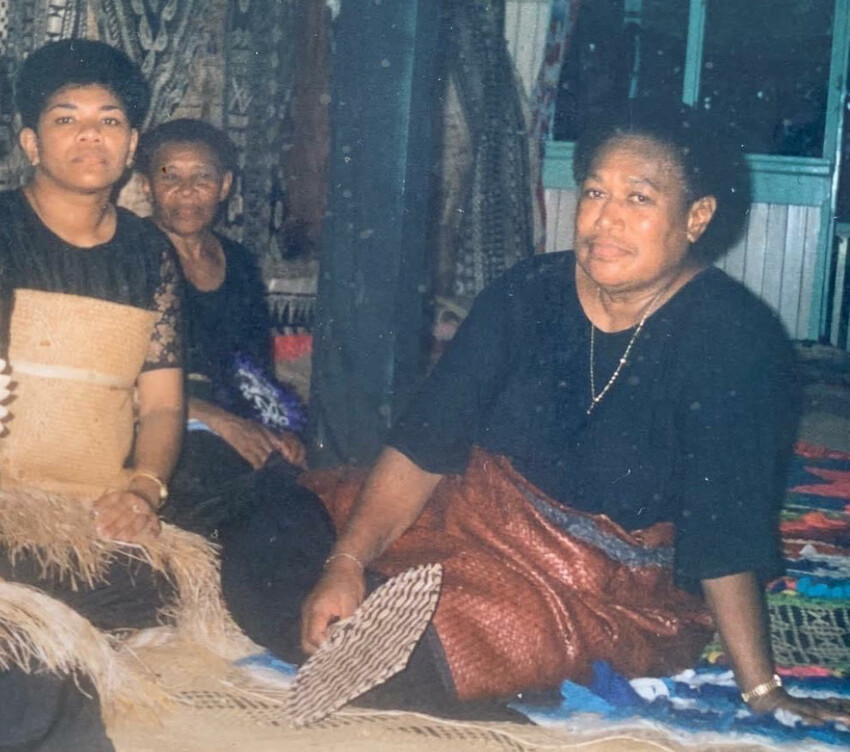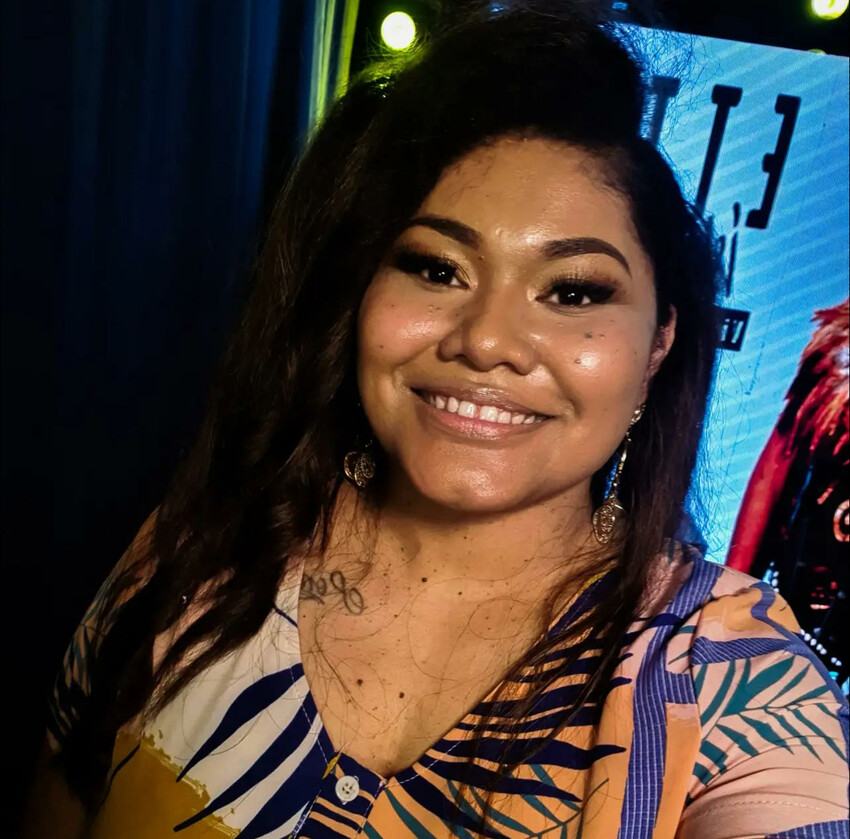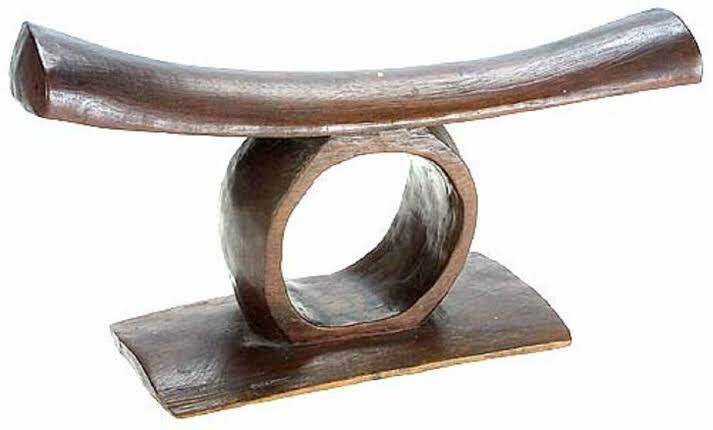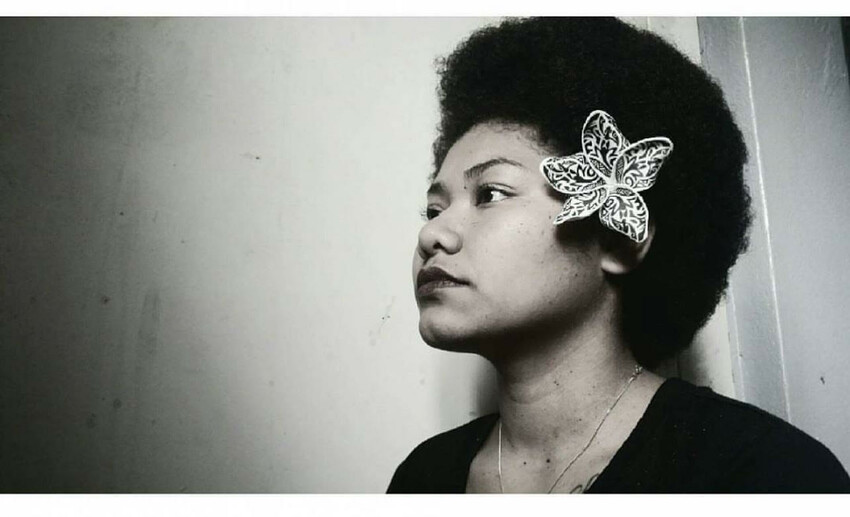Embracing The Buiniga

In our vibrant tapestry of Fijian culture, few symbols resonate as deeply as the traditional hairdo known as the Buiniga. Proudly worn by both our iTaukei men and women it embodies not only a unique aesthetic but also a history that sets us iTaukeis apart from the rest of the world.
Growing up surrounded by family members adorned with the Buiniga—my mother, grandmother, aunties, and uncles—I have always felt a profound connection deeper than blood to my vuvale.

Straight silky hair was always the portrayed embodiment of beauty and I would be lying if I said I’ve never thought of conforming to society by taming my natural curls. A trip to the supermarket was always met with a list of hair products to rid myself of the rough texturised hair, that I thought for a long time was an embarrassment.
Little by little with every hair straightening product doused on my head it began to wash away the little cultural identity I shared with not only my family, but my people.

The Buiniga is more than just a hairstyle; it is a representation of our identity and heritage. As I reflect on my journey of self-acceptance, especially after recently shaving my head, I am reminded of the strength that comes from embracing one's roots.
I have often grappled with insecurities about my hair, but as I learn to appreciate its texture and uniqueness, I find solace in the traditions of my ancestors. It is our cultural duty to keep the Buiniga alive, taming my hair in a way that honours those who came before me.
In Fijian culture, hair holds a sacred significance. It is considered the most sacred part of our body, symbolising a connection to the heavenly realms. This reverence for hair is not merely a cultural belief; it is a testament to the values that guide our way of life.
A notable historical incident underscores this reverence: a Fijian chief from Navosa famously ordered the execution of Palagi missionary Thomas Baker for touching his hair. An act that in todays society would’ve been termed inhumane, however highlights the deep respect and cultural significance that our hair holds for our kawa iTaukei.
To further protect the integrity of the Buiniga, our ancestors utilised a traditional Fijian headrest known as the Kali. This ingenious creation allowed our people to rest their heads without spoiling the shape of their carefully styled buiniga.
The Kali is a beautiful example of how our ancestors innovated to maintain the beauty and significance of our hairstyles, ensuring that the Buiniga remained a proud and integral part of our identity.

While modernity continues to influence our hairstyles, the Buiniga remains a steadfast emblem of our cultural heritage. It is a reminder of where we come from and the values that shape our identity as iTaukei. As styles and trends evolve, the essence of the Buiniga—a blend of beauty, strength, and cultural pride—will always resonate within the people of Viti.

In celebrating the Buiniga, we are not just honouring a hairstyle; we are embracing a legacy. It is a call to reconnect with our roots, to cherish our traditions, and to celebrate the uniqueness of our heritage.
So, as I embark on this journey of self-love and acceptance, I carry the uniqueness of the Buiniga with me, confident that it will inspire not only my own transformation but also the generations that follow. Through the Buiniga, we keep our culture alive, weaving the past into the present and ensuring that the beauty of our traditions endures.
-
By Jane Vavaitamana
